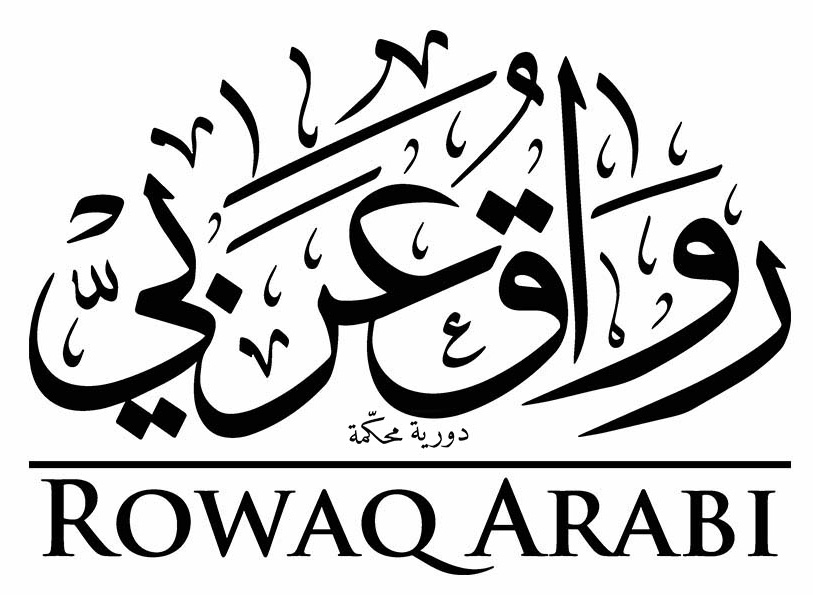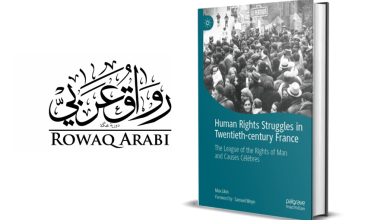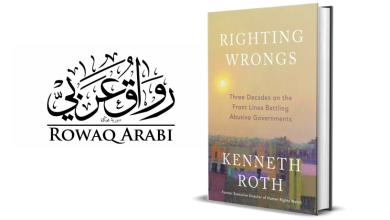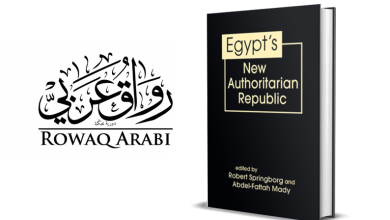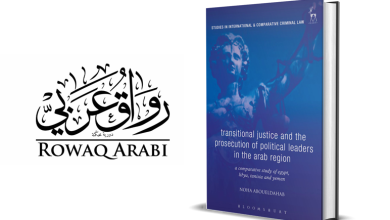Book Review: Authoritarianism as Capital Accumulation in Adam Hanieh’s ‘Money, Markets, and Monarchies’
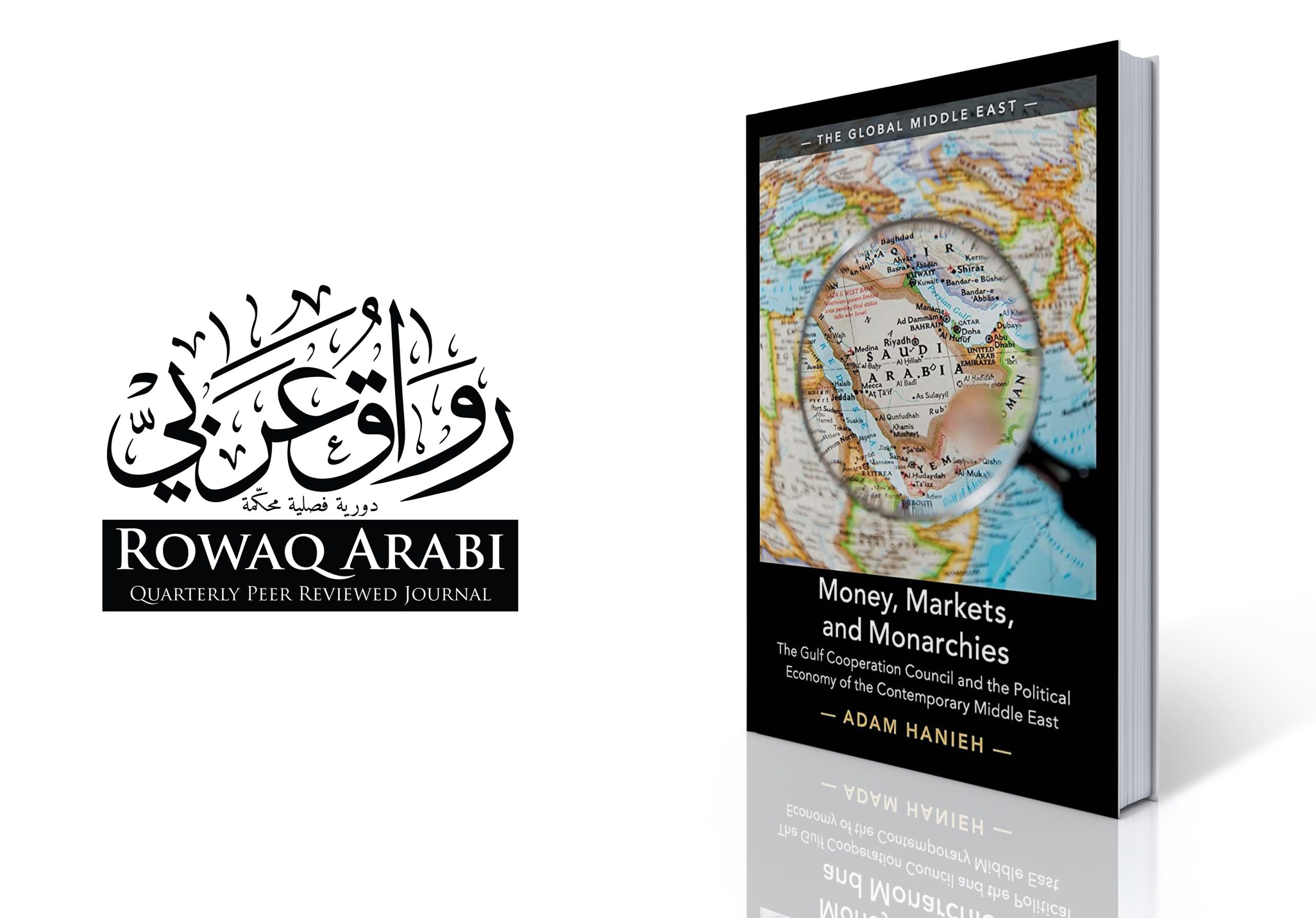
Citation: Diab, Osama (2023) ‘Book Review: Authoritarianism as Capital Accumulation in Adam Hanieh’s ‘Money, Markets, and Monarchies’’, Rowaq Arabi 28 (1), pp. 17-21, https://doi.org/10.53833/HEUT4890
Money, Markets, and Monarchies: The Gulf Cooperation Council and the Political Economy of the Contemporary Middle East by Adam Hanieh is a book that rejects talking in some of the most established binaries that characterise discourse of development and international political economy, such as ‘the Global’ versus ‘the local/traditional’, ‘the market’ versus ‘the state’, etc.
According to Hanieh, these binaries invite a ‘methodological nationalism’ applied to not only studying the Gulf but also the entire Middle East. Such ‘methodological nationalism’ makes it much more plausible for specific regions or countries to be portrayed as peculiar cultural spaces divorced from the workings of global forces.
This ties in with theoretical and geographical gaps resulting from ignoring the Gulf when studying the global, which Hanieh defines bridging such gaps as one of the book’s objectives. Hanieh argues that this scholarly view has often explained the Gulf’s developmental trajectory in various supposedly unique or exceptional internal characteristics such as cultural, economic and religious institutional structures. According to this reading, ‘the region’s integration into global capitalism [marks] a qualitative break with a so-called traditional past’.
In contrast to this ontological separation between the traditional/cultural/local on the one hand and the rational/global on the other, where the latter is passively received by the former, the Gulf in Hanieh’s narrative is a co-formative element of the Global and ‘not just a passive recipient of it’. The Gulf therefore is in a mutually constitutive relationship with the world beyond its borders. In other words, the Gulf has not become integral to the modern capitalist system from a place of following and dependency, but as an ‘actor’ that possesses significant agency; this agency is presented in the book as its ability to co-constitute the Global.
However, Hanieh skilfully refrains from vulgar agency claims by not presupposing an absence of structure. Perhaps the agency-structure binary, that is, whether actions are determined by the will of individuals or by structural forces, is another one that Hanieh implicitly rejects in this work. Actors and structures, although not explicitly framed as such in the book, are also presented as being engaged in a mutually-constitutive relationship.
How It All Started: The 1970s ‘Me Decade’ and the Overaccumulation of Gulf Capital
The Gulf is the region that most benefited from the oil crisis of 1973 which saw prices of oil quadruple in a few months; it has also benefited from its subsequent global South debt crises.
Here, two processes took place simultaneously. As a result of the 1973 oil shock, most oil-importing global South economies have slumped into a trap of debt and suffered from severe current account deficits, while oil-producing Gulf countries started to make the unprecedented surpluses that define the Gulf as we know it today.
As a result of these growing imbalances, crisis-ridden Global South countries heavily borrowed those surplus petrodollars through Euromarkets, ‘thereby becoming tightly enmeshed in debt relations to international financial institutions’.
This is also one example of how the Gulf has become formative of the Global as Hanieh shows that ‘the power of the City of London and the dominance of US and European banks in the global financial system are the direct legacy of these markets’. Even the status of the US dollar as a global currency was entrenched by the US-Saudi 1974 deal to ‘plough billions of their petrodollar revenue back into Treasuries and finance America’s spending’.
Hanieh also reminds us of how the Gulf was not simply a passive beneficiary of controversial Structural Adjustment (SA) programmes that were rampant in the 1980s and the 1990s and have to a large extent shaped our contemporary world; it was also one of its active promoters. These SA programmes resulted from the Global South debt crisis as economies were increasingly struggling to honour their debt obligations arising from the above-mentioned current account deficits. One of the cornerstones of the SA programme neoliberal reforms imposed on indebted nations was privatisation, where Gulf capital was–and still is–one of the main investors in newly-privatised public assets, particularly in the SWANA[1] region.
The False Dichotomy of State and Market
A major running theme of the book is the link between state and private capital accumulation; the book makes a solid evidence-based argument that the same level of capital accumulation could not have been achieved without the pivotal role of not only a state per se, but an authoritarian state for that matter. Hanieh’s argument that ‘there is no capitalist development or even capitalism’ without the state is neither a new argument nor far from being confined to the Gulf.
It still, however, adds a new assertion against Hayekian free-market fundamentalism which attempts to make the simplistic association between political freedom and market creation. The book, therefore, follows a long anti-neoclassical tradition of presenting capital accumulation as an interplay of private and state actors; it challenges a dominant neoclassical assumption that an economically active state is a hindrance to capital accumulation, ‘free market’ functionality and economic growth–a view Hanieh argues is often rooted in Weberian and ‘rentier state’ approaches to the Gulf. It is a reminder that a heavily authoritarian state and monopoly power (and even war[2]!) are not only often a prerequisite for kickstarting rapid and acute capital accumulation, but in many occurrences are also a precondition for expanding the market.
Hanieh, in that sense, repeatedly demonstrates to the reader the intertwinement of state on the one hand and private capital and market creation across all sectors throughout the book. When he discusses the process of market creation in the health and education sectors (Chap. 7), he is clear to refrain from using the mythical concept of ‘free markets’, and instead focuses on marketization as a form of commodification of public services and the expansion of private property into new realms. In short, liberalisation in the book is about commodification rather than state withdrawal from the economy.
One of the best points made in the book regarding the role of the state in keeping the market afloat is its role as consumer. The importance of the state extends to sustaining the global market by creating not only necessary but also unnecessary demand. Hanieh tells us that in ‘a global political economy marked by persistent over-accumulation and overcapacity’, the Gulf (and its authoritarian structures) acts as a consistent and growing source of demand for the global market.
Such consumption was not limited by any practical capacity to consume. For example, the GCC has become the largest market for weapons in the world. Hanieh demonstrates that arms sales were a route through which Gulf capital was recirculated to large Western companies and how GCC elites use the state as a conduit of accumulation.
Just like demand for consumer goods and weapons have become crucial for the operations of global financial markets, the recent insertion of the Gulf into the global debt market has also become pivotal for such markets (around 14 per cent of total emerging market debt came from the Gulf); Hanieh explains that they enjoyed strong international demand again due to a global crisis of overaccumulation.
While the book tackles increased Gulf economic hegemony in the region and around the world through different sectors (e.g. agribusiness, real estate, retail, oil), the financial sector merits a particular focus. Hanieh shows how Private Equity (PE) funds and banks–of which many are state-owned–create a united front of Gulf capital by pooling and mobilising savings of the state, wealthy individuals, and large firms as they act as interlocutors between different fractions of the Gulf capitalist class and the state.
Hanieh is, however, keen to point out that the spatial expansion of Gulf capital using financial means should not be viewed as contradictory with interests of local elites, especially in non-GCC Arab countries. This capital and financial expansion has allowed business elites in Egypt, Jordan, Lebanon, etc. to partake in processes of expansion and internationalisation. For Hanieh, the Gulf capital can, therefore, not be satisfactorily identified as external. This foreign/national dichotomy is another one challenged by the book.
Perhaps the most important spatial dimension of finance is what Hanieh presents as the ‘real estate-finance nexus’. The built environment (Chap. 5) is particularly important for processes of accumulation in the Gulf. However, this incredible expansion would have not been possible without the increasing role of finance. Real estate, which is also mostly governed by the state, offered a main (if not the main) avenue for capital accumulation by private capital in GCC and non-GCC countries alike.
Despite its focus on the Gulf’s formidable capital expansion, the book also highlights towards its end (Chap. 7) the limits of such expansion. First, Hanieh shows that despite the rise of the Gulf, FDI flows still mostly arrive from Europe and North America (about 60 per cent). If we add other countries belonging to the political West such as Japan, this figure would well exceed the 70 per cent mark.
However, regardless of size, one of the main challenges facing the GCC is its inability to effectively break away from its ‘Ricardian’ comparative advantage and its role in the International Division of Labour (IDL) as a producer and exporter of fossil fuels. The oil price decline of 2014 has prompted all Gulf countries to adopt new visions centring around diversification, tax collection and ‘market creation’ through cuts in government spending. However, despite slightly changing the composition of the economy, fossils still constitute the vast majority of revenues, and even non-oil sectors are little more than corollary of the energy sector.
The price decline has also led to increased indebtedness, prompting Gulf countries to impose some taxes for the first time and to take some austerity measures including reducing employment in the public sector – an integral component of the authoritarian social contract in Gulf society, one that Hanieh argues the youth of the GCC might not enjoy to the same extent as the preceding generations. What this might mean to the Gulf authoritarian social contract is still unclear.
The flaws of the book are mainly stylistic; the same arguments and evidence about expansion, growth and the intertwinement of state and private capital are repeated in almost the exact same manner in the chapters that cover specific economic sectors. Another issue is the strict separation between the theoretical arguments and the empirical evidence. The book starts with a rich theoretical discussion, but fails to effectively link the later empirical findings to its theoretical and conceptual framework, making the feeling of repetition even more acute.
Despite this, this book includes an extreme wealth of data and information presented within a cogent theoretical and conceptual framework; it remains an indispensable reference for anyone who is not only interested in the political economy of the Gulf and the SWANA region, but also the global political economy. This is especially the case since the book’s main premise is of the Gulf as a key constitutive agent of the Global rather than merely constituted by it.
[1] The author uses SWANA to represent what is known as MENA/Middle East/Arab World/Arab Region to avoid Euro-centric political baggage and to respect non-Arab ethnicities living in the region.
[2] Hanieh demonstrated the cynicism of the global finance world by showing how expenditure on Syria rebuilding had been presented by investors as an ‘opportunity’ to position the Middle East as the only ‘center of growth in the world economy in the next ten years’.
Read this post in: العربية
